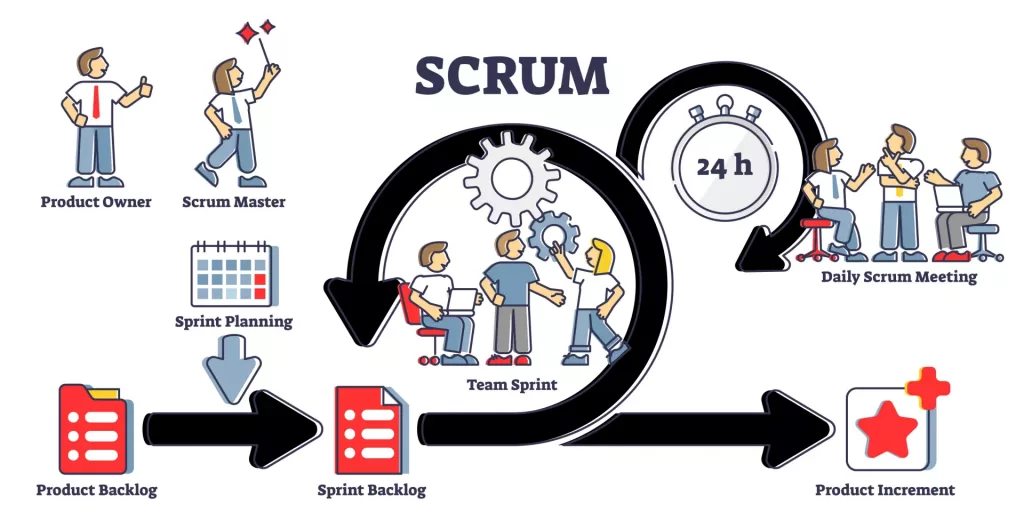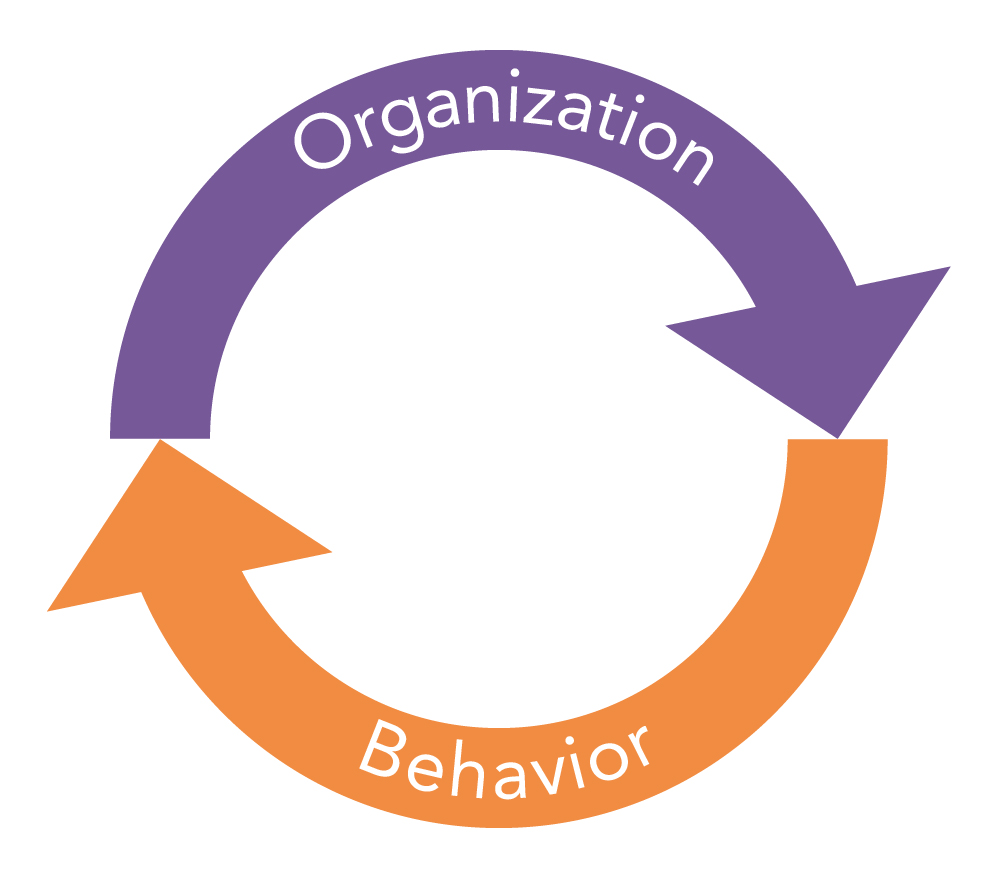Data analytics is the process of examining raw data to uncover insights and make informed decisions. It involves using various tools and techniques to analyze large volumes of data and extract meaningful information. Here’s a simplified breakdown of data analytics:
- What is Data Analytics? Data analytics involves collecting, cleaning, and analyzing data to identify trends, patterns, and correlations. It helps businesses and organizations make data-driven decisions and improve performance.
- Types of Data Analytics:
- Descriptive Analytics: Describes what has happened based on historical data.
- Diagnostic Analytics: Focuses on why something happened by analyzing past events.
- Predictive Analytics: Forecasts future outcomes based on historical data and statistical algorithms.
- Prescriptive Analytics: Recommends actions to achieve desired outcomes based on predictive analysis.
- Process of Data Analytics:
- Data Collection: Gathering raw data from various sources, such as databases, sensors, or online platforms.
- Data Cleaning: Removing errors, duplicates, and inconsistencies from the data to ensure accuracy.
- Data Analysis: Using statistical techniques, machine learning algorithms, and visualization tools to analyze the data.
- Insights and Decision Making: Interpreting the analyzed data to extract actionable insights and make informed decisions.
- Benefits of Data Analytics:
- Improved Decision Making: Enables organizations to make data-driven decisions backed by insights.
- Enhanced Efficiency: Identifies inefficiencies and areas for optimization within processes.
- Better Customer Understanding: Analyzes customer behavior and preferences to tailor products and services.
- Competitive Advantage: Provides valuable insights that give businesses a competitive edge in the market
- Tools and Technologies:.
- Data Visualization Tools: Such as Tableau, Power BI, and Google Data Studio for creating interactive visualizations.
- Statistical Software: Like R and Python with libraries such as pandas and NumPy for data analysis.
- Machine Learning Platforms: Such as TensorFlow, Scikit-learn, and Azure ML for predictive modeling and pattern recognition.
- Challenges and Considerations:
- Data Quality: Ensuring data accuracy, completeness, and reliability for meaningful analysis.
- Data Privacy and Security: Protecting sensitive data and complying with regulations like GDPR.
- Skill Gap: Developing a skilled workforce with expertise in data analysis, statistics, and programming.
In conclusion, data analytics plays a crucial role in transforming raw data into actionable insights, driving business growth, and gaining a competitive advantage in today’s data-driven world.





